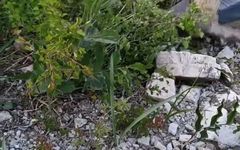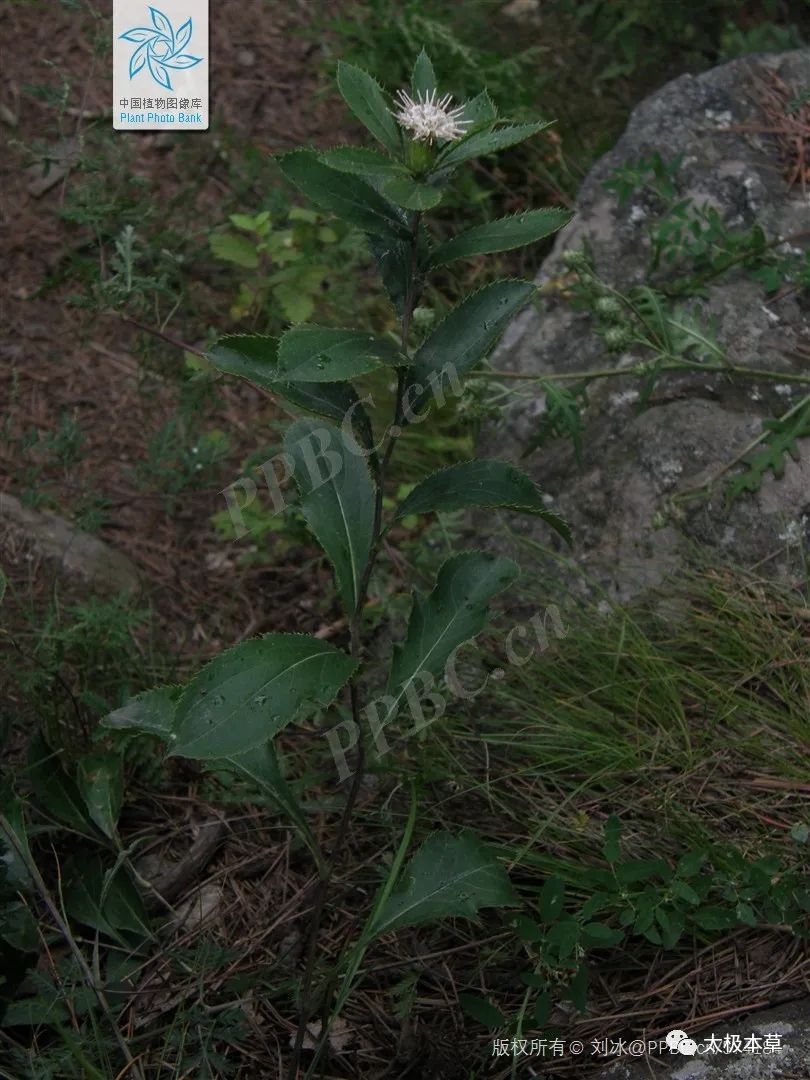
Bai Zhu (Atractylodes macrocephala). or Bei Zhu (Atractylodes lancea). is the dried rhizome of the plant. It is harvested in spring and autumn, cleaned of soil, dried, and the fibrous roots are removed. Bai Zhu typically grows in drier areas on hillsides and is distributed in Jiangsu, Zhejiang, Anhui, Jiangxi, Hubei, Hebei, and Shandong provinces. Bei Zhu grows in shrub areas on hillsides and drier places, found in Jilin, Liaoning, Hebei, Shandong, Shanxi, Shaanxi, and Inner Mongolia.
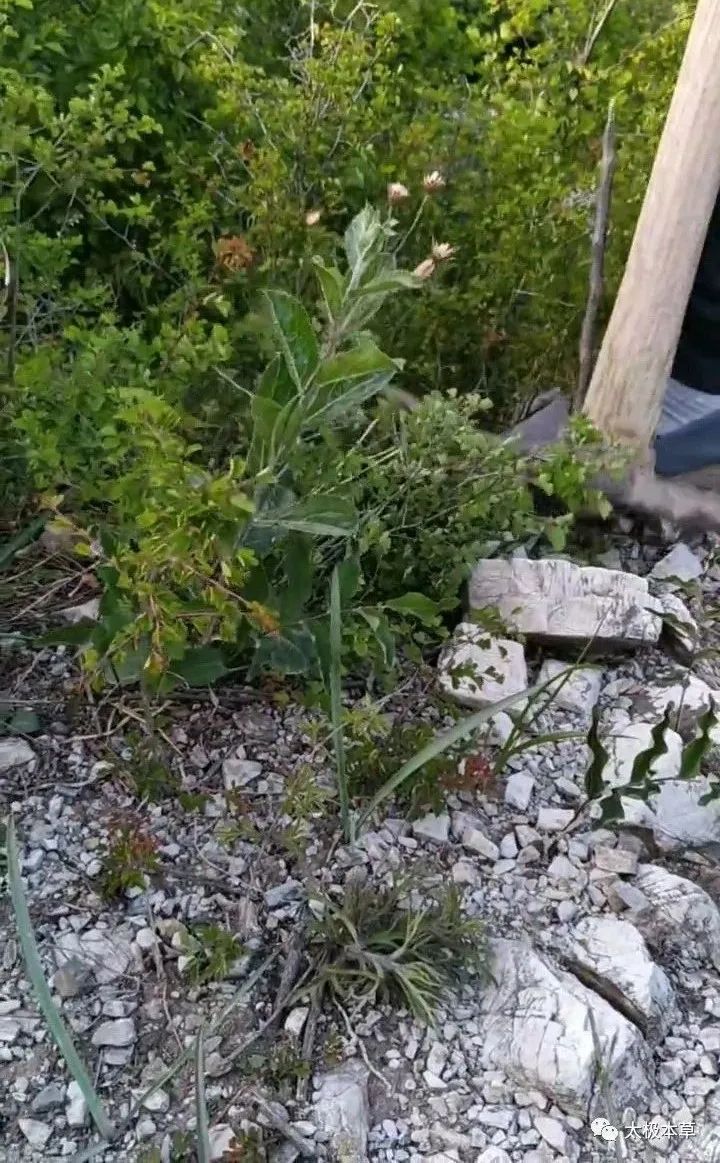
TCM believes that Bai Zhu is pungent, bitter, and warm. It belongs to the Spleen, Stomach, and Liver meridians. It dries dampness, strengthens the Spleen, dispels wind and cold, and brightens the eyes. It is used for abdominal distension, diarrhea, edema, beriberi, rheumatic pain, wind-cold colds, and night blindness.
【Dosage】3~9g.【Storage】Keep in a cool, dry place.
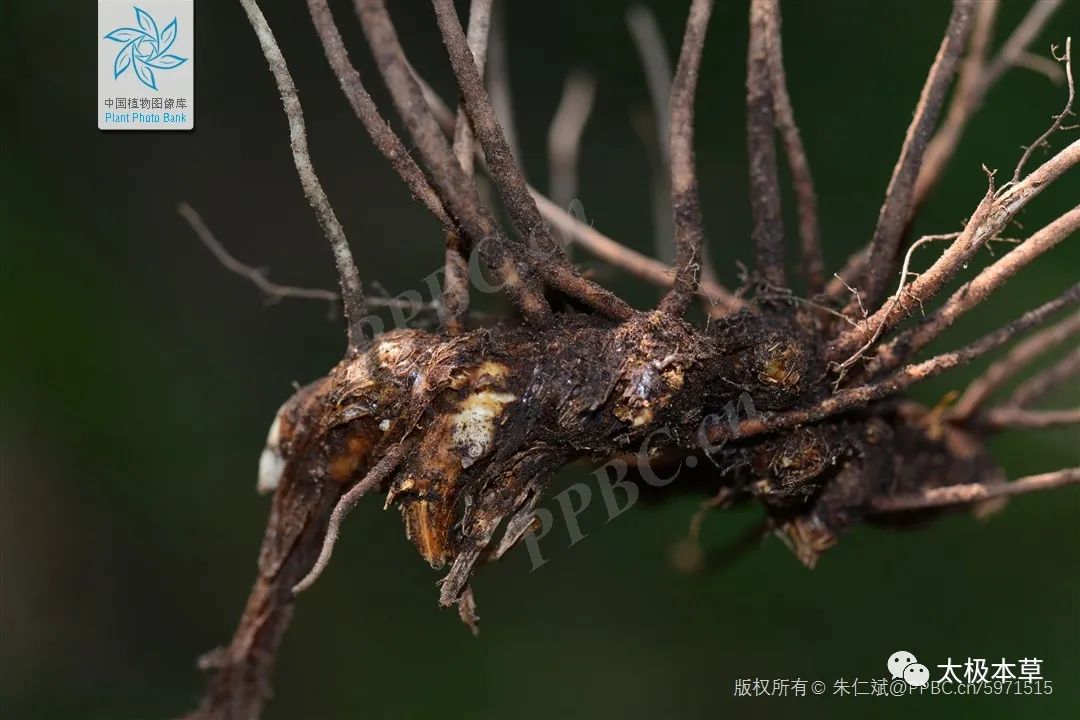
Modern research shows:
1、Dispelling Wind and Dampness
Bai Zhu is warm in nature, can dry dampness and strengthen the Spleen, and when combined with heat-clearing herbs, it also helps to eliminate damp-heat, making it a key herb for dispelling wind-dampness. For rheumatic diseases or rheumatoid diseases, any cold pain can be treated with Bai Zhu. For example, rheumatic headaches, rheumatic shoulder periarthritis, and rheumatic low back pain, Bai Zhu can help expel dampness and cold from these areas, especially when combined with Ma Huang (Ephedra) to release the exterior, enhancing the effect of opening the pores. Bai Zhu and Ma Huang Decoction is a famous formula combining Ma Huang Decoction with this essential wind-damp herb Bai Zhu.
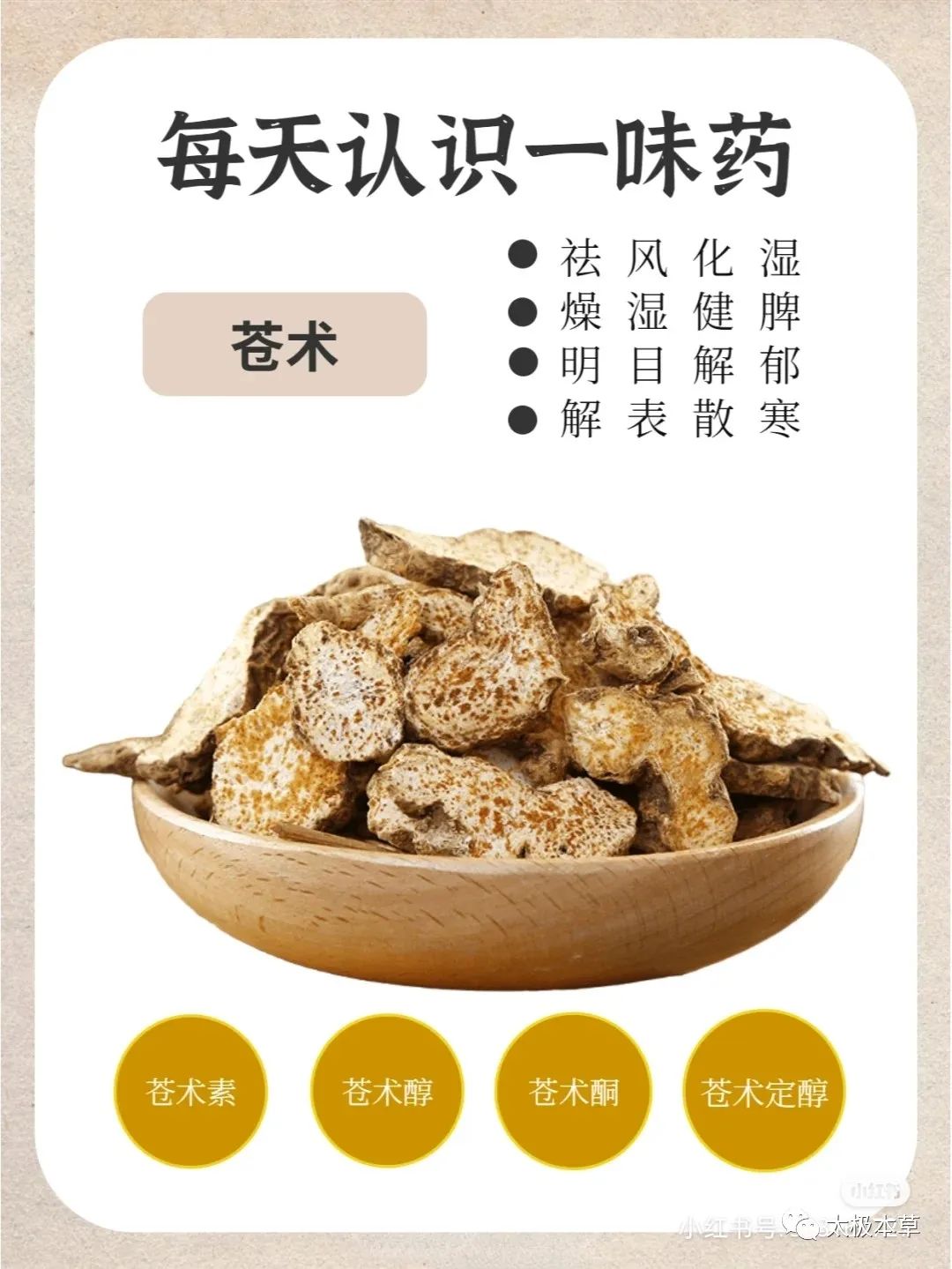
2、Strengthening the Spleen and Stopping Diarrhea
Because Bai Zhu’s ability to dispel dampness is much stronger than that of Bai Zhu (Atractylodes macrocephala), it is generally used for acute diarrhea, rather than Bai Zhu, which is more suitable for chronic diarrhea due to Spleen deficiency and heavy dampness, while Bai Zhu is effective for sudden acute diarrhea.
3Removing Eye Obstructions
Bai Zhu can be used for eye diseases such as internal and external obstructions, night blindness, etc., often used in conjunction with black sesame or pig liver.
5、Dampness-Reducing Weight Loss
Bai Zhu can address both symptoms and root causes of obesity. By strengthening the Spleen, Bai Zhu helps the Spleen and Stomach to transform and transport, making it easier to expel phlegm-dampness from the body. Bai Zhu can also reduce dampness to address symptoms, as overweight individuals often have excess water-dampness. It is particularly effective for abdominal fat, beer bellies, and pot bellies.
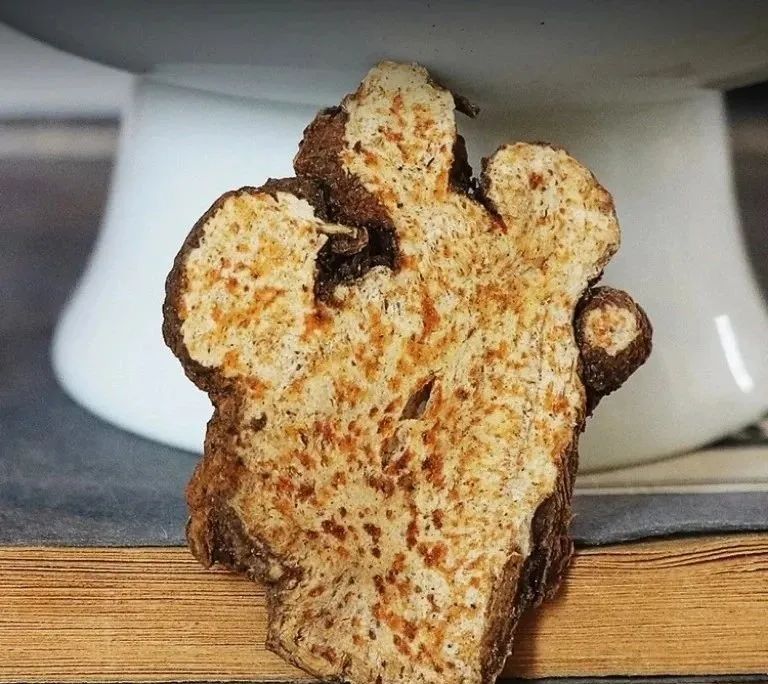
The specific therapeutic effects of Bai Zhu are as follows:
1、Treating Diarrhea and Alcohol Toxicity
Bai Zhu brewed as tea, can not only treat diarrhea, but also address stagnant fluids in the stomach, and even dizziness caused by dampness and turbidity. Because Bai Zhu can eliminate dampness, it can also elevate clear Yang, and disperse wind and cold, its strong aroma, when consumed, opens the pores, allowing cold and damp evils to dissipate. Historical legends state that Bai Zhu is “a single herb that can resolve all ailments,” originating from the Song Dynasty scholar Xu Shuwei, who was fond of drinking alcohol, damaging his Spleen and Stomach, leading to Spleen deficiency and inability to transform water-dampness. Xu Shuwei used Bai Zhu powder to form pills, and after several months of taking the medicine, his strange illness gradually improved until he regained health.
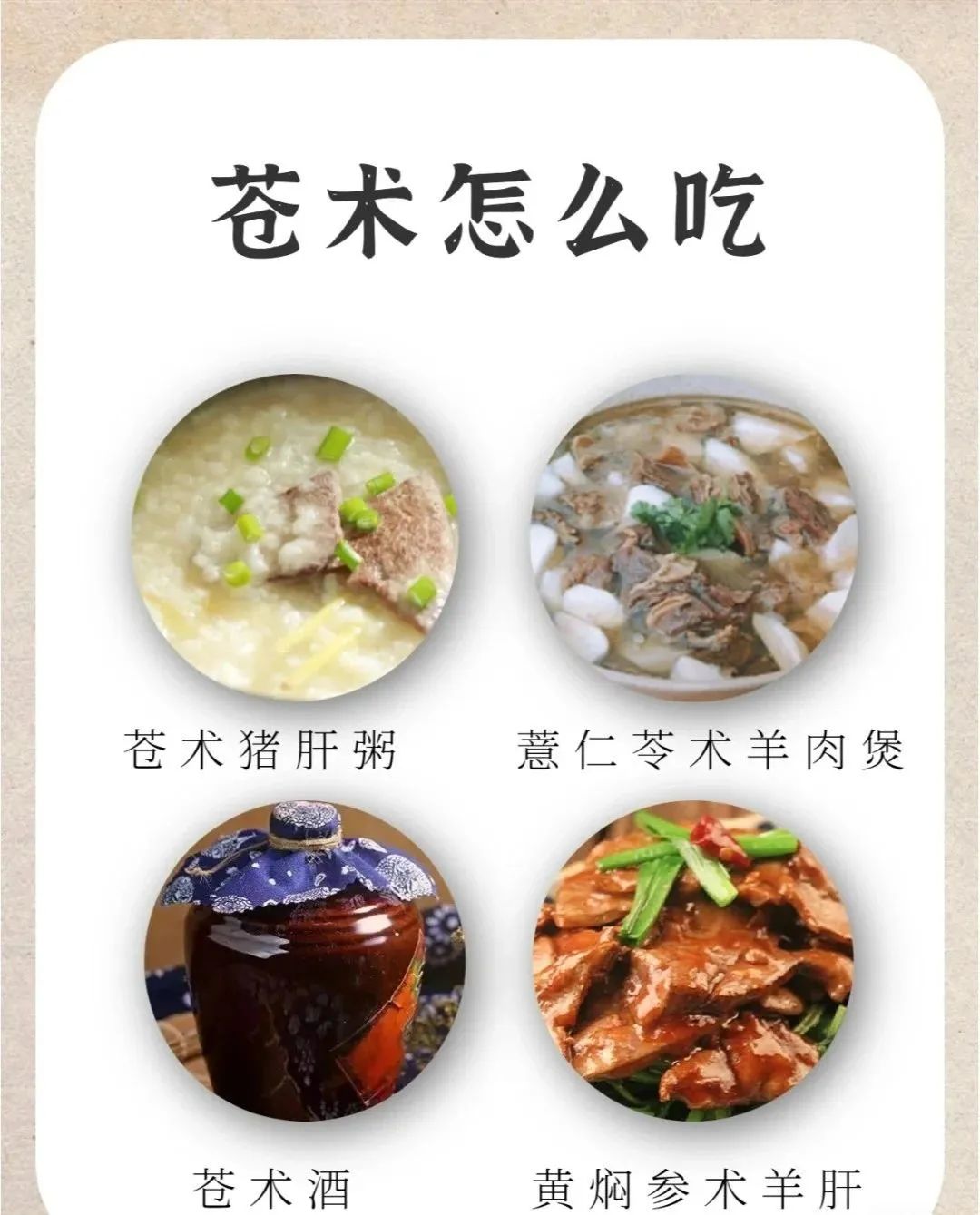
2、Preventing Epidemics
Bai Zhu has been used to drive away evil spirits since the Han Dynasty, as Zhang Zhongjing noted that Bai Zhu can “avoid all evil qi.” In the Ming Dynasty, Li Shizhen recorded in the “Compendium of Materia Medica” the custom and methods of burning Bai Zhu to ward off evil qi during epidemics or at the beginning of the year.
Modern medicine has proven: Bai Zhu is rich in aromatic volatile oils, and using it for fumigation, can significantly kill bacteria and viruses such as Mycobacterium tuberculosis, Staphylococcus aureus, Escherichia coli, Bacillus subtilis, and Pseudomonas aeruginosa. Experiments have shown, using Bai Zhu 1 gram/ cubic meter for fumigation, after 1 hour can achieve ideal disinfection standards.
Bai Zhu has a strong and rich aroma, as recorded in “Songfeng on Epidemics”: among 65 epidemic prevention formulas, it was used in 116 prescriptions, making Bai Zhu the most frequently used herb. This shows that Bai Zhu is a very effective epidemic prevention herb.
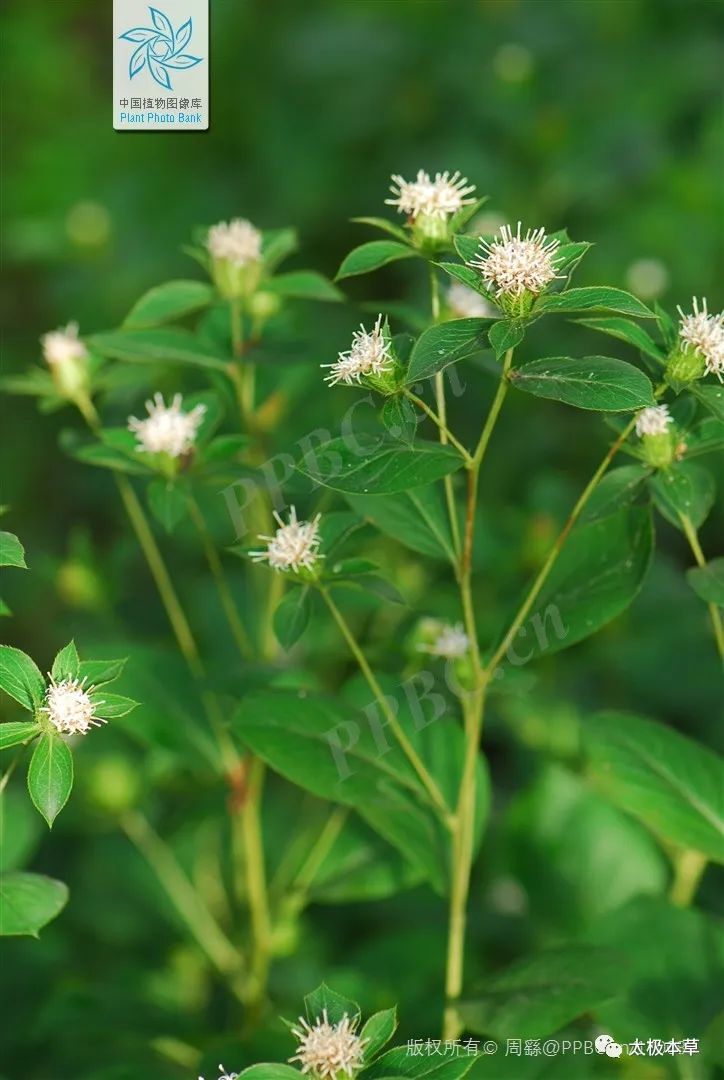
3、Used for Night Blindness and Corneal Softening
Ancient texts record that Bai Zhu has the effect of “brightening the eyes”, often cooked with pig liver or lamb liver, used to treat night blindness and dim vision
Because Bai Zhu contains a small amount of vitamin A precursor carotene, it is effective for night blindness and corneal softening caused by vitamin A deficiency.
For those who frequently use computers or mobile phones, if experiencing blurry vision, using Bai Zhu and Goji berries is particularly effective.
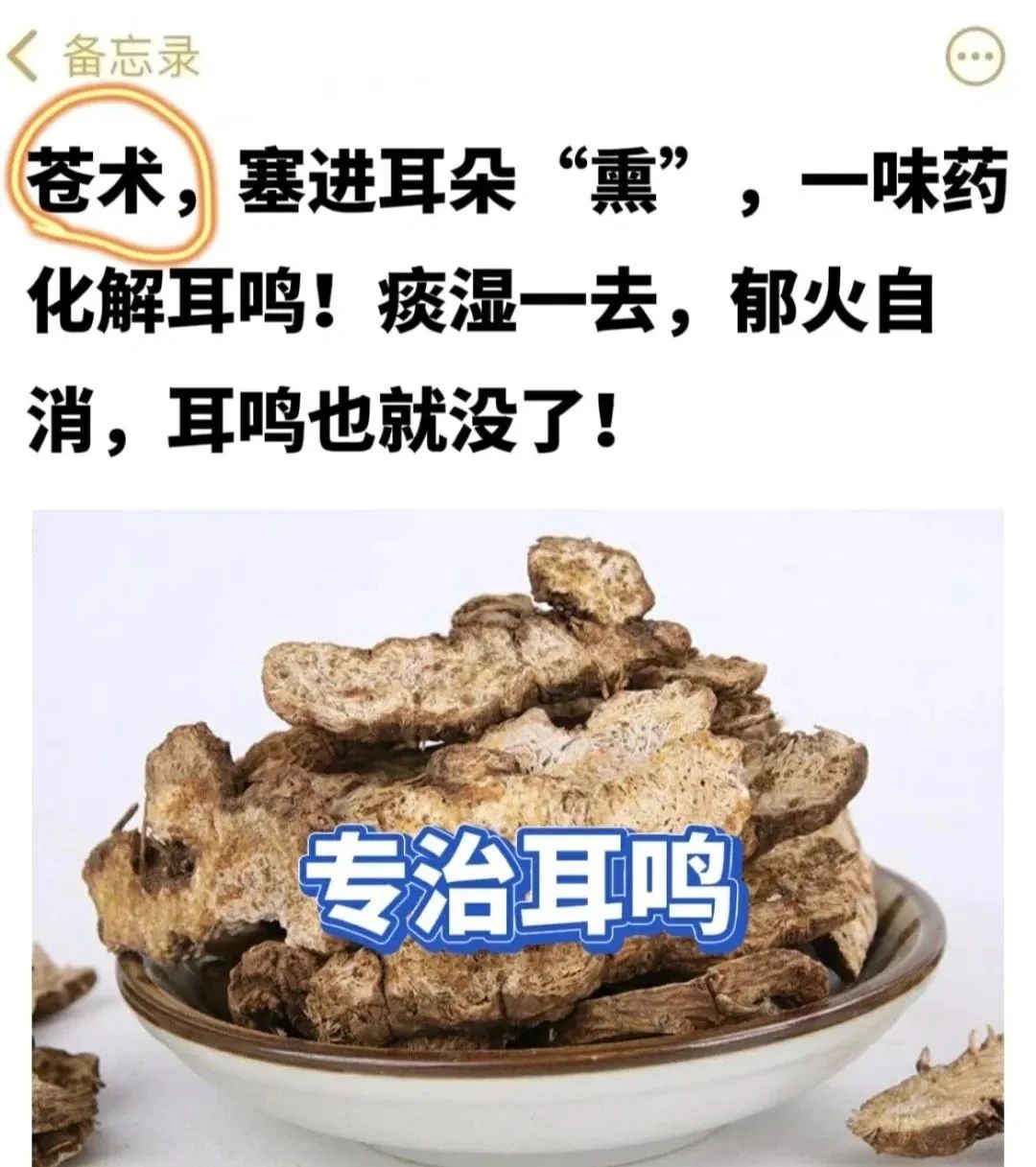
3、Used for Weight Loss
Bai Zhu is more effective than chicken feces vine, ground into powder and taken with warm water, three times a day, each time about 10g can eliminate excess water-dampness and fat.
4、Used for Severe Joint Pain
Bai Zhu’s drying properties can overcome dampness. Dampness is heavy and turbid, causing joint swelling and pain, especially worsening with rain, making it difficult during the rainy season. A villager asked me what to do, as he was too busy to gather herbs to brew. I suggested he brew Bai Zhu as tea, because I believe it is essential to treat not only his joints but also his Spleen and Stomach, as the Spleen governs the limbs. His tongue coating was moist and slippery. After taking Bai Zhu, he felt inexplicable benefits in his joints, saying that after consuming it, his joints, which were originally stiff and sore, became relaxed. Thus, Bai Zhu can expel dampness from the joints.
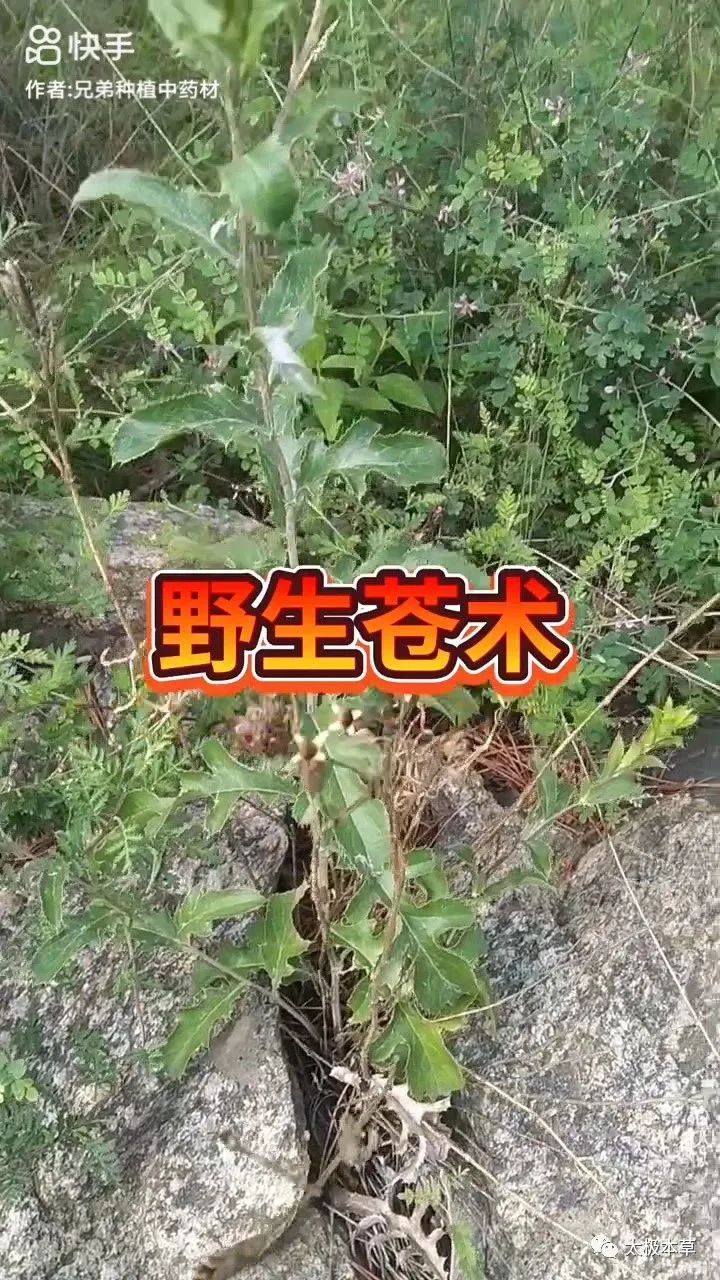
5、Huang Bai (Phellodendron) and Bai Zhu for Treating Eczema
Ingredients:
(1)Huang Bai10 grams, Bai Zhu10 grams, Talcum powder (appropriate amount)
(2)1 Jin of eggs, Sesame oil (appropriate amount)
(3)Job’s tears (appropriate amount)
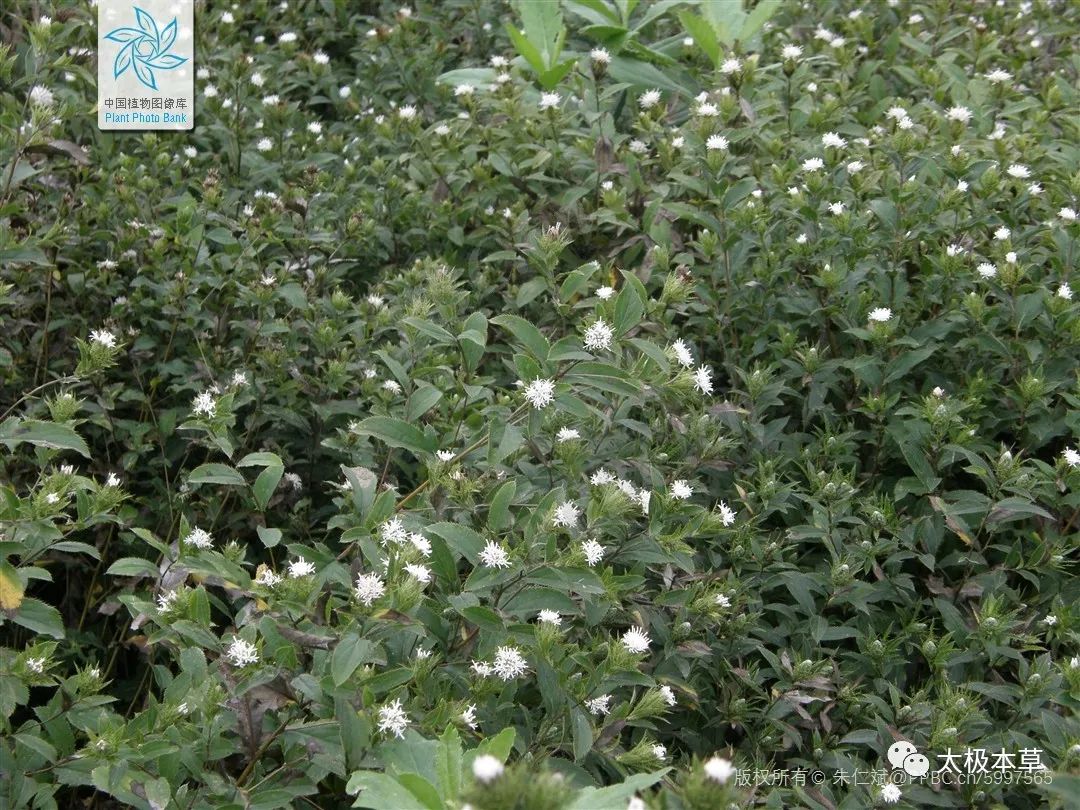
Preparation:
(1)After selecting the above two herbs, decoct them in water twice, combine the decoction. Set aside. Sift the talcum powder through a 100-mesh sieve, and set aside.
(2)First, boil the eggs, take the yolks, and set aside. Then heat an appropriate amount of sesame oil in a pot to about120℃, add the reserved egg yolks, and fry until crispy (crispy outside and tender inside), then filter the oil to obtain.
(3)Take an appropriate amount of Job’s tears, grind them, and sift through a 100-mesh sieve to obtain.
Functions and Indications:
(1)Clears heat, dries dampness, and relieves itching.
(2)Clears heat, reduces inflammation, relieves pain, and promotes healing.
(3)Clears heat, drains dampness, detoxifies, and expels pus.

